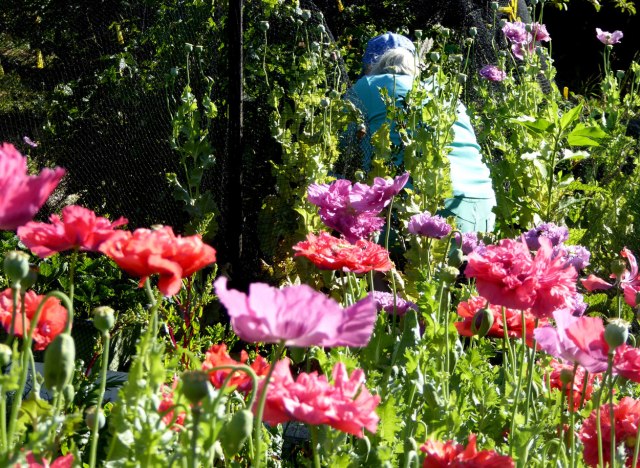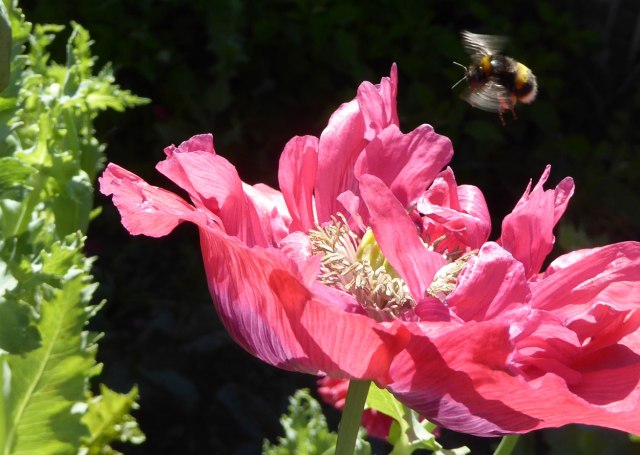We’ve been in the Wairarapa for 20 years now and until yesterday had never investigated a splendid attraction in nearby Featherston: the Barr-Brown Bush Reserve.
The five acre (two hectares) block is entrancing in spite of its tiny size. It’s one of the last examples of bushland that once was common on drier alluvial soils in the Wairarapa Basin. These forests, principally of matai, totara, titoki and tawa, were cleared for farming and timber production.
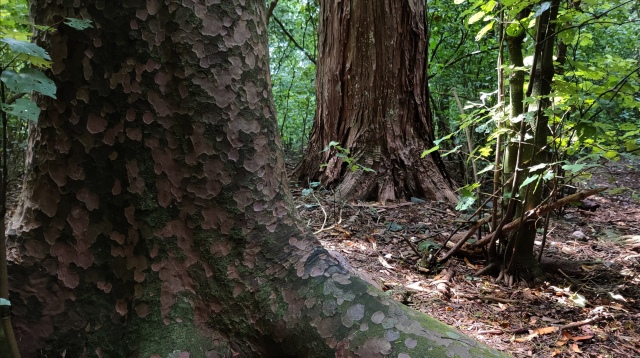
Totara and matai were popular for fencing, flooring and other activities. There are still totara fence posts on Wairarapa farms, and The Wool Shed Museum in Masterton incorporates the old Roselea wool shed made from hand-adzed totara cleared from the property to create sheep grazing land. Matai timber, which is very hard, provides floors for many local older houses and farm buildings.
While including some of the same species that are in the neighboring Rimutaka Range, the Barr-Brown bush reserve forest is drier and more open. Less of a jungle.
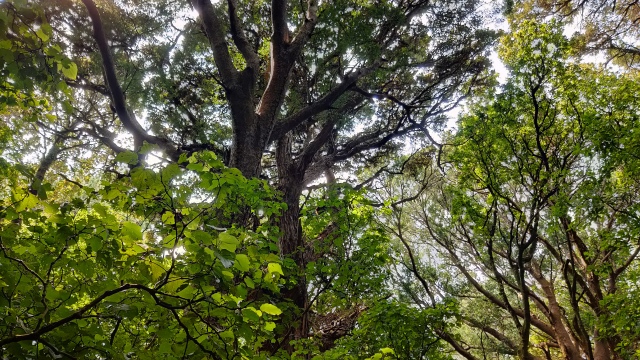
The reserve dates back to the Second World War when a Wellington-based woodworking and construction company, Barr-Brown Ltd, bought 30 acres of land on the western outskirts of Featherston. In 1946, Allan John Barr-Brown had the foresight to declare ten acres of the property as a wildlife sanctuary. This was later designated a wildlife refuge and then, in the 1970s, a private scenic reserve. After his father’s death in 1974, Allan Francis Barr-Brown sold the land with a protection clause for five acres of it to be kept as a bush reserve in memory of his father.

There are some impressive original trees. Many of the trees are large second-growth. On the outskirts of the reserve are a few non-natives: enormous old man pine and blue gum. The forest underfloor includes a great deal of low kawakawa bush (seen in the photo immediately below).
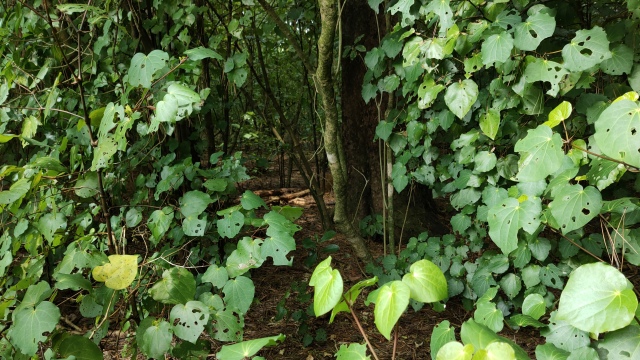
Access to the reserve, from Underhill Street, is easy unless you’re in a wheelchair. It is flat, with well-formed tracks.

A short video slideshow of our visit is here: https://youtu.be/_BRMOFGRtno
This was the first real workout for the camera on my new Chinese Oppo mobile phone. Until now I’ve resisted taking photos with phones. Gimme a real camera! But not a clumsy great SLR – I gave up on them some years ago because of their heft when traveling. I like a camera you can carry in your pocket and whip out for quick grabshots. I switched to high-end compact cameras and currently use a Panasonic Lumix DMC-ZS40.
The Panasonic has a good lens and I love its zoom. But it doesn’t handle backlighting well. Or low light conditions. It doesn’t have much of a wide angle.
I’d become aware that phone cameras were getting pretty good, but the lack of optical zoom always put me off them. However over the past year or so a new generation of cameras, particularly from Huawei and Oppo, has introduced genuine optical zoom. So I finally bought one – the Oppo Reno 10x. It’s very similar to the Huawei, but overall the Oppo camera is slightly inferior. But I didn’t like the uncertainties hanging over the Huawei company.
I’m impressed with the new phone/camera. Overall it’s doing a better job than my real camera. It’s a very clear winner for back-lit and low light photography. It also has a genuine wide angle lens – my Panasonic doesn’t. The Oppo doesn’t zoom as far, but the extent is still useful.
One of the drawbacks of a phone camera is that physically it’s not as quick and easy to handle. It’s harder to immobilise in the hand for zoom photos, though no doubt practice will help. One considerable handling improvement I’ve already introduced is a wrist strap. Also an adaptor that lets me use a camera tripod.
This week Android Authority ran an interesting comparison between the Huawei P30, a Pixel 4 and a high end Sony compact camera. The article’s headline: “Compact camera vs smartphone shootout: It’s not even close.” (The smartphones came out on top.)
https://www.androidauthority.com/compact-camera-vs-smartphone-1068461/
A fancy big DSLR will certainly trump both compact cameras and phone cameras for overall quality, but I don’t want to lug one of those behemoths around, particularly for my main interest, which is travel photography.

















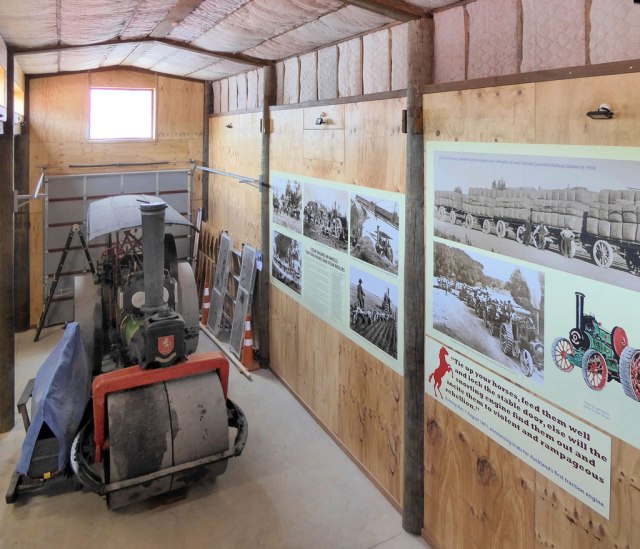
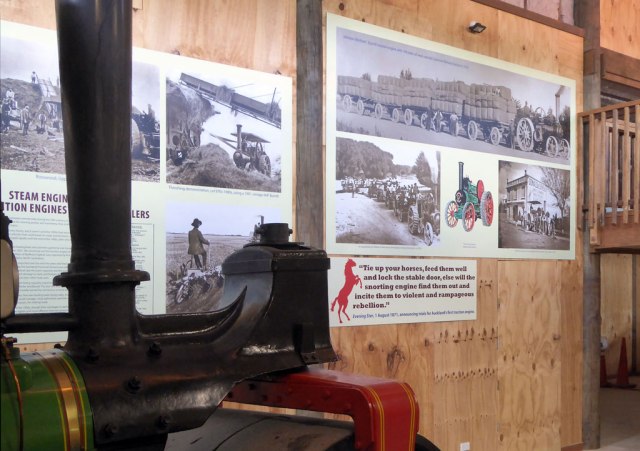
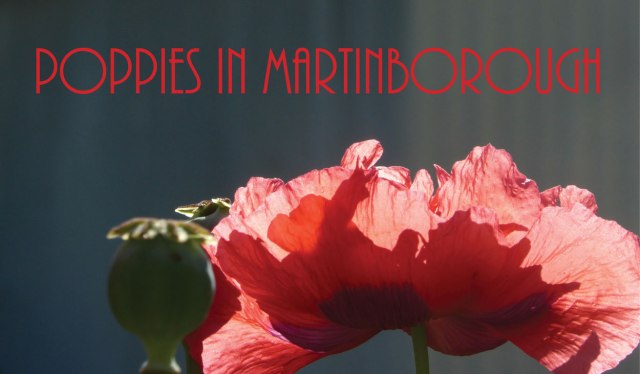 We’ve had a few opium poppies (Papaver Somniferum) in a flower bed for several years. They grow well and look very pretty. Unfortunately they are very good at spraying their seed and spreading. This year a dense swarm descended on part of our vegetable garden. We didn’t get around to weeding them out and then we thought we’d see what a poppy thicket would look like. Nice! At least it does for the moment – we must get rid of the plants before they fire their seed over the rest of the vegetable garden.
We’ve had a few opium poppies (Papaver Somniferum) in a flower bed for several years. They grow well and look very pretty. Unfortunately they are very good at spraying their seed and spreading. This year a dense swarm descended on part of our vegetable garden. We didn’t get around to weeding them out and then we thought we’d see what a poppy thicket would look like. Nice! At least it does for the moment – we must get rid of the plants before they fire their seed over the rest of the vegetable garden.